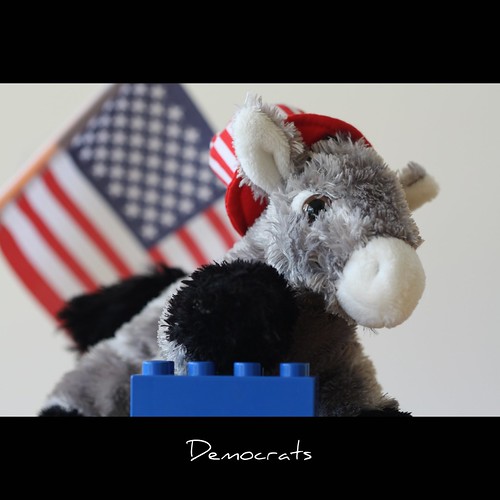
As I mentioned at the outset: The goal of this course is to change your mindset, to provide you with a new and useful lens through which to view the world. The shorthand for this is inside versus outside thinking. Inside thinking focuses on how to make optimizing decisions when faced with either a static setting or environmental risks. For instance, in marketing you identify the willingness to pay of key customer segments and then choose optimal prices for each.
Outside thinking deals with strategic risk--there are other players in the game besides yourself. These players have goals, ambitions, and strategies, and it is important to factor these in when making decisions. The metaphor for outside thinking is a chessboard. The "best" space on a chessboard depends on where all the other pieces are and, perhaps more importantly, depends on the anticipated moves by the other player.
We illustrated the difference through the Race for the GOP Nomination game. In that game, inside thinking assumed that all other players simply chose the candidate corresponding to the signal received and then optimized. Viewed in this light, later voters are very likely to make the correct decision since they have lots of data on which to base that decision. Outside thinking paid attention to the incentives of earlier voters to vote strategically, i.e. to vote against their own signal. Using outside thinking, we discovered that the primary race is very likely to produce a "cascade"---a run of decisions all favoring a single candidate. Indeed, we saw this behavior in the experiment as well. The key implication is that later voters do not have much data on which to base their decision and, in fact, information is not collected by voting in this fashion.
Why is this important? Under inside thinking, you would (correctly) conclude that voting sequentially is likely to produce the correct choice given enough voters. With outside thinking, you would realize that there is a serious strategic problem with sequential voting. It is quite likely to produce the wrong answer. In our setting, there was a 20% chance that voting would produce the wrong answer even if we had an infinite number of voters.
We might then compare this to another common system--everyone voting at the same time. In our game, this would produce the correct answer always. Indeed, using game theory, we can discover that there is a general result that if all voters have reasonably similar incentives (like choosing the more electable candidate in the primary), then a national primary will choose the correct voter with certainty as the number of voters gets large. Thus, by using outside thinking, we learn that there is a right way and a wrong way to use voting to make good decisions. Since voting is a common way to make decisions in business settings as well as political settings, this is quite important in developing effective ways of having your company make decisions.
No comments:
Post a Comment